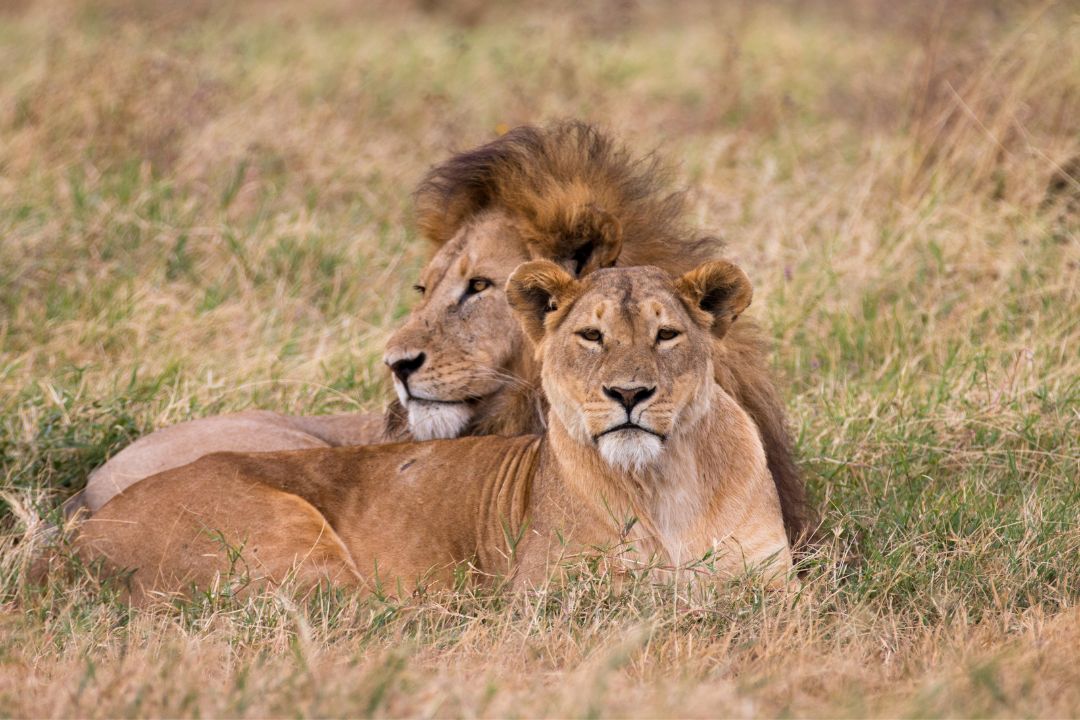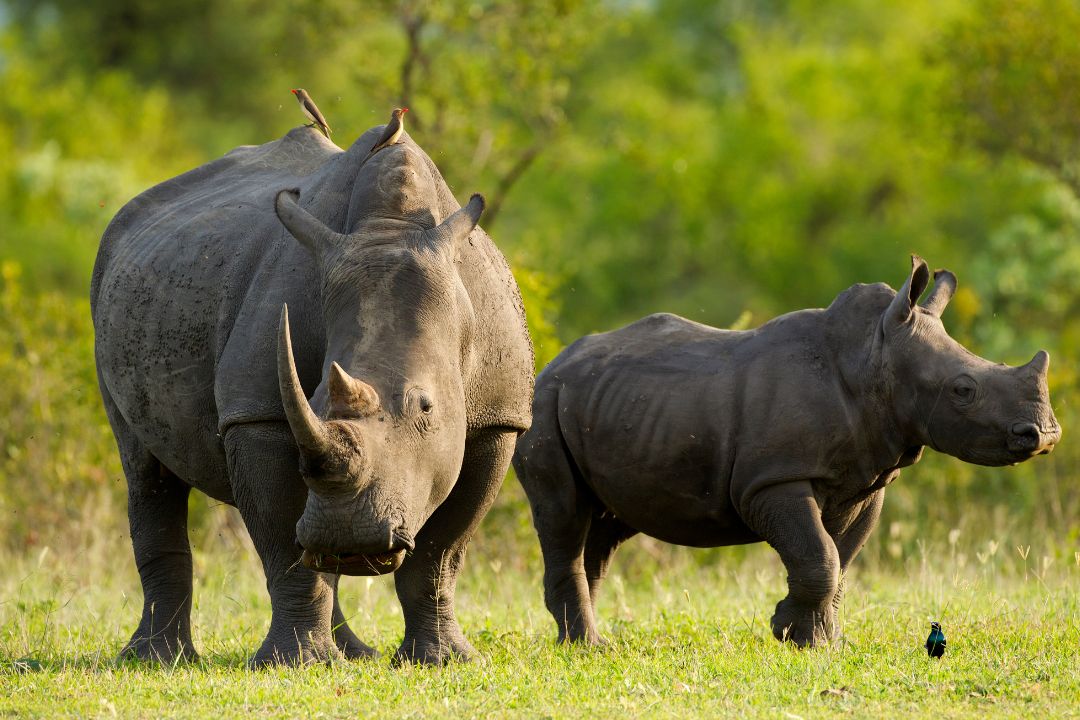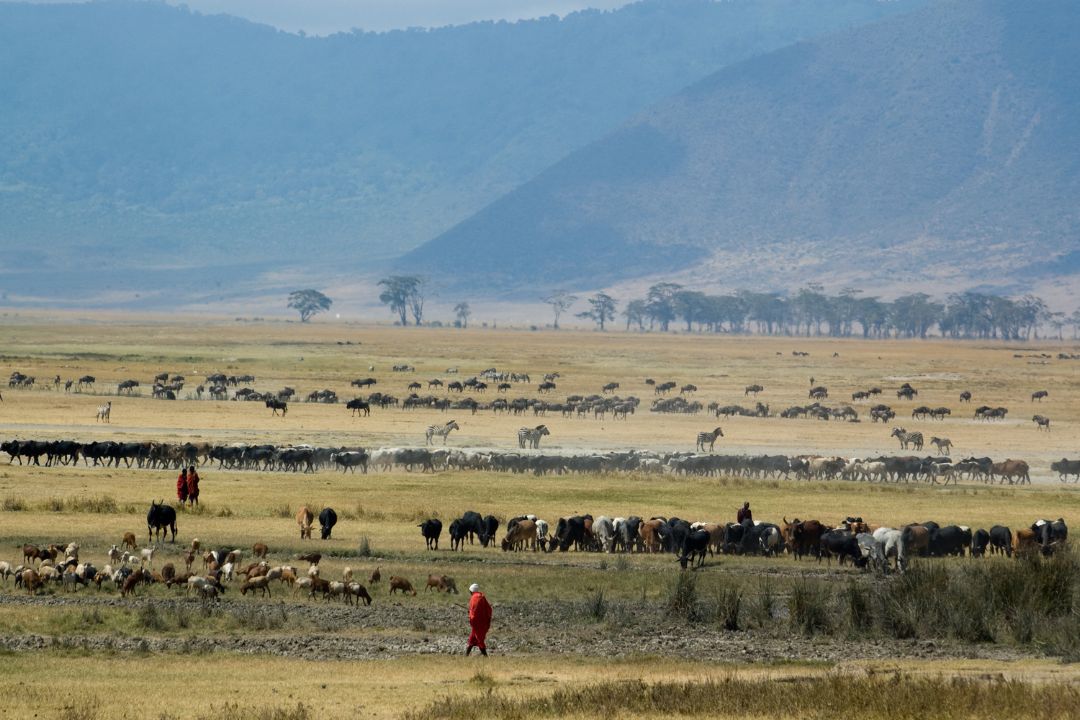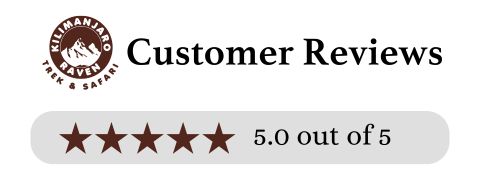Nestled in northern Tanzania, the Ngorongoro Conservation Area is a testament to the region’s natural wonders and conservation efforts. Covering approximately 8,292 square kilometers, this UNESCO World Heritage Site encompasses a diverse range of landscapes, from expansive grasslands to acacia forests and the iconic Ngorongoro Crater.
At its heart lies the Ngorongoro Crater, a caldera formed millions of years ago and now teeming with wildlife. This natural amphitheater harbors a thriving ecosystem where the Big Five—lions, elephants, leopards, buffaloes, and rhinoceroses—roam freely. Although rhinos are increasingly rare, the area remains a crucial sanctuary for these majestic creatures.
Similar to the Serengeti, the Ngorongoro Conservation Area is famed for its role in the Great Migration. During certain times of the year, vast herds of wildebeest, zebras, and gazelles traverse its plains, seeking fresh grazing grounds—a spectacle that captivates visitors and underscores the area’s ecological significance.
Beyond its charismatic megafauna, the conservation area is home to diverse wildlife such as cheetahs, giraffes, hyenas, and an array of bird species. This richness in biodiversity is carefully maintained through sustainable conservation practices, balancing tourism with the preservation of natural habitats.
The Ngorongoro Conservation Area stands as a beacon of successful conservation and sustainable tourism, ensuring that future generations can continue to marvel at its natural beauty and biodiversity while safeguarding its ecological integrity for years to come.



What is the Ngorongoro Conservation Area?
What animals can be seen in the Ngorongoro Conservation Area?
When is the best time to visit for The Ngorongoro Conservation Area?
The best time to visit Ngorongoro Conservation Area is during the dry season from June to October. This period offers optimal conditions for wildlife viewing as the weather is dry and cool, with clear skies enhancing visibility. Animals gather around water sources, making them easier to spot against the backdrop of sparse vegetation. July to September is particularly popular, coinciding with the Great Migration in nearby areas. For a different experience, the calving season from January to February sees wildebeest giving birth on the plains, attracting predators and offering dramatic wildlife encounters. The green season from November to May brings lush landscapes and excellent birdwatching opportunities with many migratory birds present.
What activities are available in the Ngorongoro Conservation Area?
In the Ngorongoro Conservation Area, visitors can enjoy game drives within the Ngorongoro Crater, renowned for its dense wildlife population including the Big Five. Cultural visits with Maasai communities provide insights into traditional lifestyles and conservation efforts. Guided walking safaris around the crater rim offer opportunities for birdwatching and close encounters with diverse flora and fauna. Photography enthusiasts can capture stunning landscapes and wildlife moments, aided by professional guidance. Scenic picnics amidst the area’s natural beauty complement these activities, ensuring a rich and immersive experience that highlights both the wildlife and cultural heritage of this UNESCO World Heritage Site.
How do I get to the Ngorongoro Conservation Area?
To reach the Ngorongoro Conservation Area, travelers typically fly into Kilimanjaro International Airport (JRO) near Arusha, Tanzania. From Arusha, which serves as a gateway to many northern Tanzania safaris, visitors can embark on a scenic drive of approximately 3-4 hours to reach the conservation area. Alternatively, regional flights to Arusha or even directly to Lake Manyara airstrip are available, followed by a shorter drive to the Ngorongoro Crater. Tours and safaris often include transportation from Arusha or nearby accommodations, providing convenient access to this UNESCO World Heritage Site known for its remarkable wildlife and stunning natural landscapes.
Is it safe to visit the Ngorongoro Conservation Area?
What should I pack for a visit to the Ngorongoro Conservation Area?
We use international standard equipment, and our guides are trained in first aid and equipped with personal protection gear.
Once a tour is booked, it is guaranteed to operate, even if there is only one client for the entire trip.
Our guides are trained to attend to each client's needs and adjust the program to ensure a personalized experience.
Discover the unforgettable experiences shared by our satisfied adventurers at Kilimanjaro Raven Company. From exhilarating wildlife safaris to awe-inspiring treks, our travelers consistently highlight the exceptional service, expertise, and personalized care they received during their journeys. Whether exploring Tanzania’s vast landscapes or immersing themselves in the rich culture, our guests rave about the unique adventures we offer and the memories that last a lifetime.
Our passionate team goes above and beyond to ensure every traveler enjoys a seamless, enriching experience. With glowing testimonials praising everything from our knowledgeable guides to our well-curated itineraries, it’s clear that Kilimanjaro Raven Company is dedicated to creating extraordinary trips. Our adventurers often return home with heartfelt stories of the bonds formed, the sights seen, and the adventures that will stay with them forever.
Posted onTrustindex verifies that the original source of the review is Google. feedback for Kilimamoja Raven Safari and Treks in Tanzania and Kilimamoja mountain: *5/5 Stars* "I recently had the incredible opportunity to experience the breathtaking beauty of Tanzania with Kilimamoja Raven Safari and Treks, and I must say, it was truly a journey of a lifetime! The team's expertise, professionalism, and passion for showcasing the best of Tanzania's wilderness left me in awe. From the moment we arrived, we were treated to exceptional service, comfortable accommodations, and delicious local cuisine. Our guides were knowledgeable, friendly, and went above and beyond to ensure our safety and enjoyment throughout the trek. The scenery on Kilimamoja mountain was simply stunning – the lush forests, rolling hills, and majestic vistas took my breath away. The trek was challenging, but the sense of accomplishment and the camaraderie with our group made every step worthwhile. I highly recommend Kilimamoja Raven Safari and Treks to anyone seeking an authentic and unforgettable Tanzanian adventure. Their dedication to responsible tourism and supporting local communities is truly commendable. Thank you for an unforgettable experience! I'll be back soon!"Posted onTrustindex verifies that the original source of the review is Google. *"Amazing experience, Recommend Kilimanjaro Raven to everyone"*Posted onTrustindex verifies that the original source of the review is Google. *Truly a trip of a lifetime* Absolutely incredible 7-day Lemosho route trek to the summit of Kilimanjaro with Kilimanjaro Raven! The crew was fantastic - supportive, knowledgeable, and always cheerful. The food was delicious and kept us so well fueled for the climb. The views from the top were simply unfathomable. This entire experience is a memory I will cherish forever. Thank you, Kilimanjaro Ravens!Posted onTrustindex verifies that the original source of the review is Google. It's good and awesome 👍Showing our latest reviews

©2024 Kilimanjaro Raven Trek and Safari, All rights reserved.
Developed by Pro ICT Tanzania